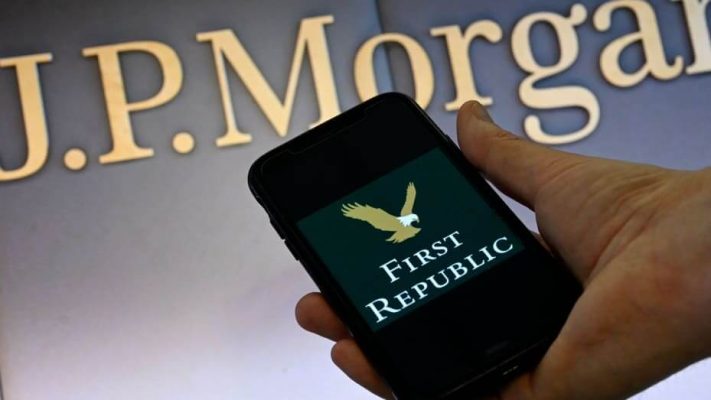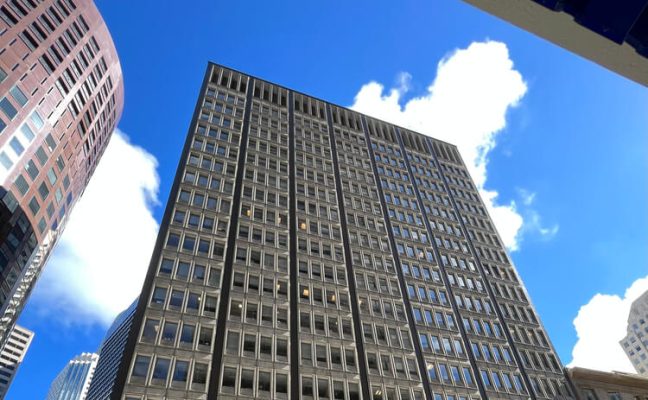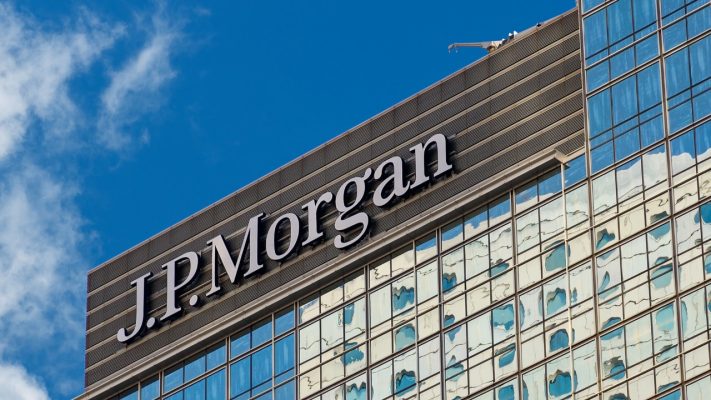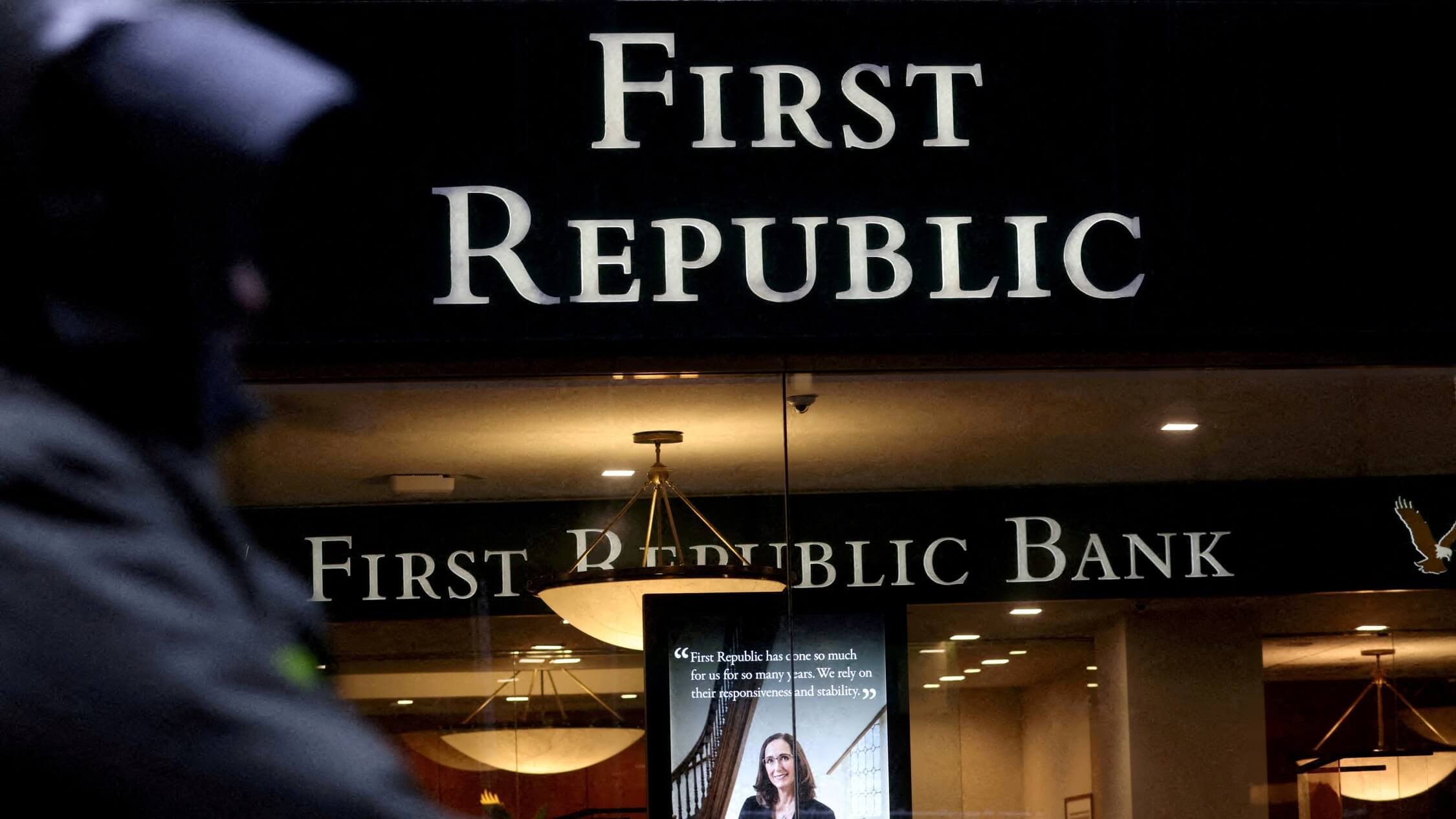JPMorgan Acquires First Republic’s Deposits as Regulators Intervene to Prevent Banking Crisis
US regulators have acted to prevent further banking turmoil by seizing First Republic Bank and selling its deposits and assets to JPMorgan Chase Bank. With the collapse of Silicon Valley Bank and Signature Bank, First Republic becomes the third midsize US bank to fail in just two months.
The intervention aims to safeguard depositors’ funds and stabilize the banking sector. Here’s a concise overview of the situation.
JPMorgan’s Acquisition and Depositor Access
First Republic Bank, based in San Francisco, encountered significant challenges following the failures of Silicon Valley Bank and Signature Bank.
Concerns grew among investors and depositors due to high levels of uninsured deposits and exposure to low-interest-rate loans.
To avert further banking turmoil, US regulators orchestrated the acquisition of First Republic Bank’s deposits and most of its assets by JPMorgan Chase Bank.
This measure ensures that depositors will have full access to their funds as the branches transition to JPMorgan Chase Bank locations.
You may also like: Best Online Banks of America.
Efforts to Prevent a Crisis
US regulators acted swiftly to address the instability caused by First Republic Bank’s failure. Working throughout the weekend, they sought a solution to restore stability before the reopening of US stock markets.
The acquisition by JPMorgan Chase Bank was a vital step in preventing a full-blown banking crisis. While global markets were closed for May 1 holidays, markets in Tokyo and Sydney witnessed positive trends.

First Republic’s Troubled Journey
Prior to its failure, First Republic Bank boasted a banking franchise that was highly esteemed within the industry. Catering mainly to an affluent clientele, the bank generated profits through low-cost loans. Including those extended to prominent individuals such as Meta Platforms CEO Mark Zuckerberg.
However, concerns arose due to the majority of deposits being uninsured, exceeding the FDIC’s limit of $250,000.
This prompted depositors to withdraw significant sums during the recent crisis, amplifying anxieties surrounding the bank’s survival.
Challenges and Restructuring Efforts Of First Republic
First Republic Bank faced considerable hurdles in its attempts to stabilize operations. The bank aimed to sell unprofitable assets. Including low-interest mortgages, and announced plans to lay off up to a quarter of its workforce.
However, these measures were met with skepticism from investors, leading to a decline in the bank’s stock. Rapid asset sales and a reduced workforce limited the bank’s ability to restructure its balance sheet effectively, hindering its path to profitability.

Lessons from the Global Financial Crisis
The aftermath of the global financial crisis of 2008 serves as a reminder of the challenges banks face when attempting to regain profitability.
Institutions such as Citigroup and Bank of America took years to recover, aided by government assistance. First Republic Bank’s struggle to overcome its crisis highlights the difficulties involved in swiftly restructuring. While facing asset sell-offs and a reduced workforce.
The US regulatory intervention, culminating in JPMorgan Chase Bank’s acquisition of First Republic Bank’s deposits, serves as a crucial step in stabilizing the banking sector and protecting depositors.
Although First Republic Bank’s failure marked another setback in the midsize US banking landscape, the efforts undertaken aim to prevent a broader crisis and restore confidence in the financial system.
Are JPMorgan and Morgan Stanley the Same?
JPMorgan Chase & Co. And Morgan Stanley are two entities, in the world. Although they are both known investment banks they have origins and organizational structures. JPMorgan Chase & Co. formed in 2000 through the merger of J.P. Morgan & Co.
And Chase Manhattan Corporation is recognized for its banking operations well as investment banking services. On the hand Morgan Stanley, established in 1935 primarily focuses on investment banking, wealth management and asset management. These companies operate independently with their clientele and offerings.

Did JPMorgan Buy Chase?
JPMorgan didn’t actually purchase Chase; instead the formation of JPMorgan Chase & Co. Came about through a merger, between J.P. Morgan & Co. And Chase Manhattan Corporation in 2000.
This merger brought together two institutions and created one of the largest companies in the financial services industry worldwide. Before joining forces J.P. Morgan & Co.
Was renowned for its investment banking expertise while Chase Manhattan had established itself as a leader, in commercial banking. The combined entity, JPMorgan Chase & Co. leveraged the strengths of both organizations to provide a range of financial services.





